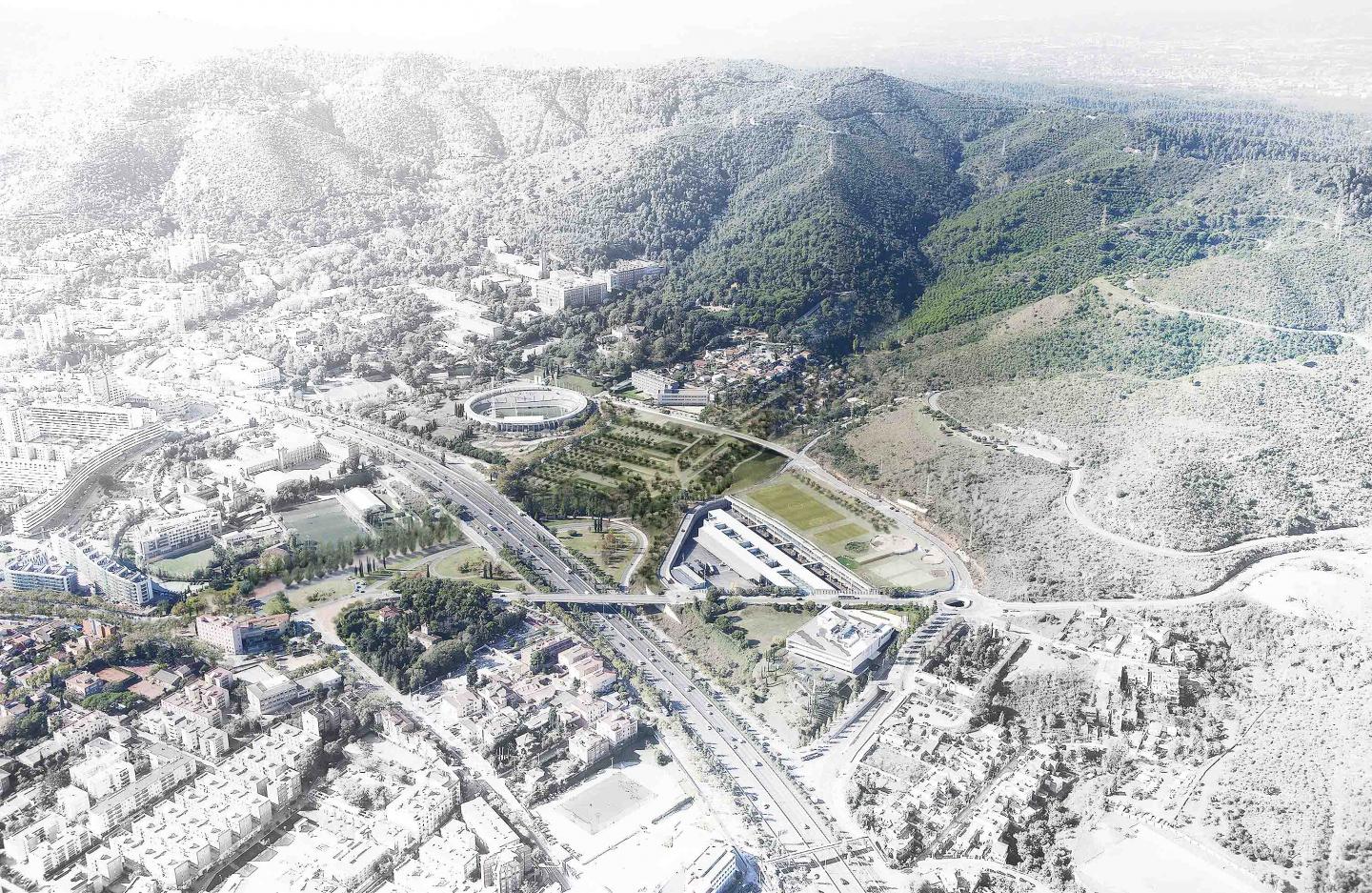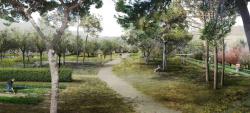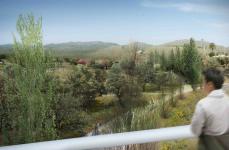Urbanatura, finalist in Les Portes de Collserola. Porta dHorta competition
The proper relationship between Barcelona and the protected space of Collserola is one of the unfinished business of the city. This relationship has passed, over time, many different phases in which flows between both of them were not always at balanced state. At present, once consolidated the ring road, many of these flows have been completely disrupted. The recently concluded competition has tried to find answers to various questions that remain open from long ago.
How should now contact between the city and the mountains be? Do we have to set strict limits? What types of uses are to be allowed? What are to be enhanced? What kind of problems is a priority to address? A door, is a corridor?, has to invite into the protected space?, can contribute to nature "contaminate" the urban fabric?
To these questions we wanted to add other that were particularly troubling: How should such an ambitious project be undertaken at a time when the city lacks the resources to carry it out? What instruments should we work with? How can the proposal be consistent with fifteen other proposals made by fifteen different teams?
The result was Urbanatura, the creation of a light physical structure that acts as an osmotic membrane that regulates and discriminates, either way, the flows between city and mountain. Urbanatura is an environment designed from natural elements providing the necessary transition and continuity gradients between the landscaped mosaic of Collserola and the existing parks in the city.
Far from any will of spectacular, the proposal adopts an extremely realistic approach rigorously identifying deficiencies and potential of the various elements of the territory, and proposes corrective measures executable without excessive means. A model that does not conflict with the necessary power of the image set.
The result is a project that reconstructs topography and vegetation in the most sensitive areas, gives effective response to informal settlements, establishes exchange elements between the natural and urban uses, and modifies over dimensioned access roads where it does not imply environmental costs contrary to the envisaged goal.
2012
2012
Jordi Farrando, architect; Dr. Lluís Calvet, architect; Carles Anglada, civil engineer; Íñigo Rebollo, forest engineer; Manuel Colominas, agronomist and geographer; Dr. Andreu Ulied, civil engineer; Dr. Marisol García, sociologist




